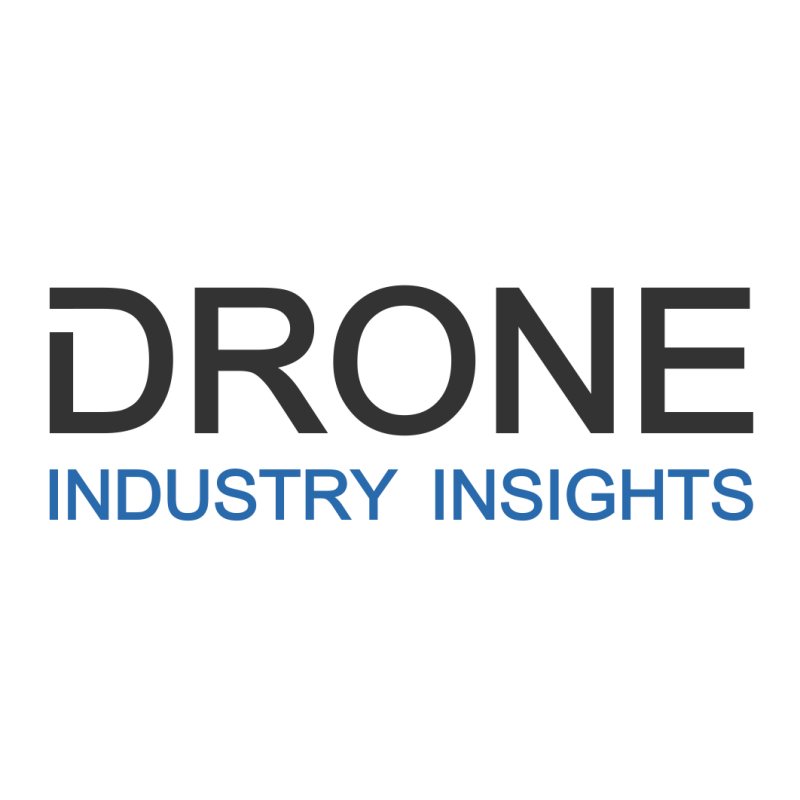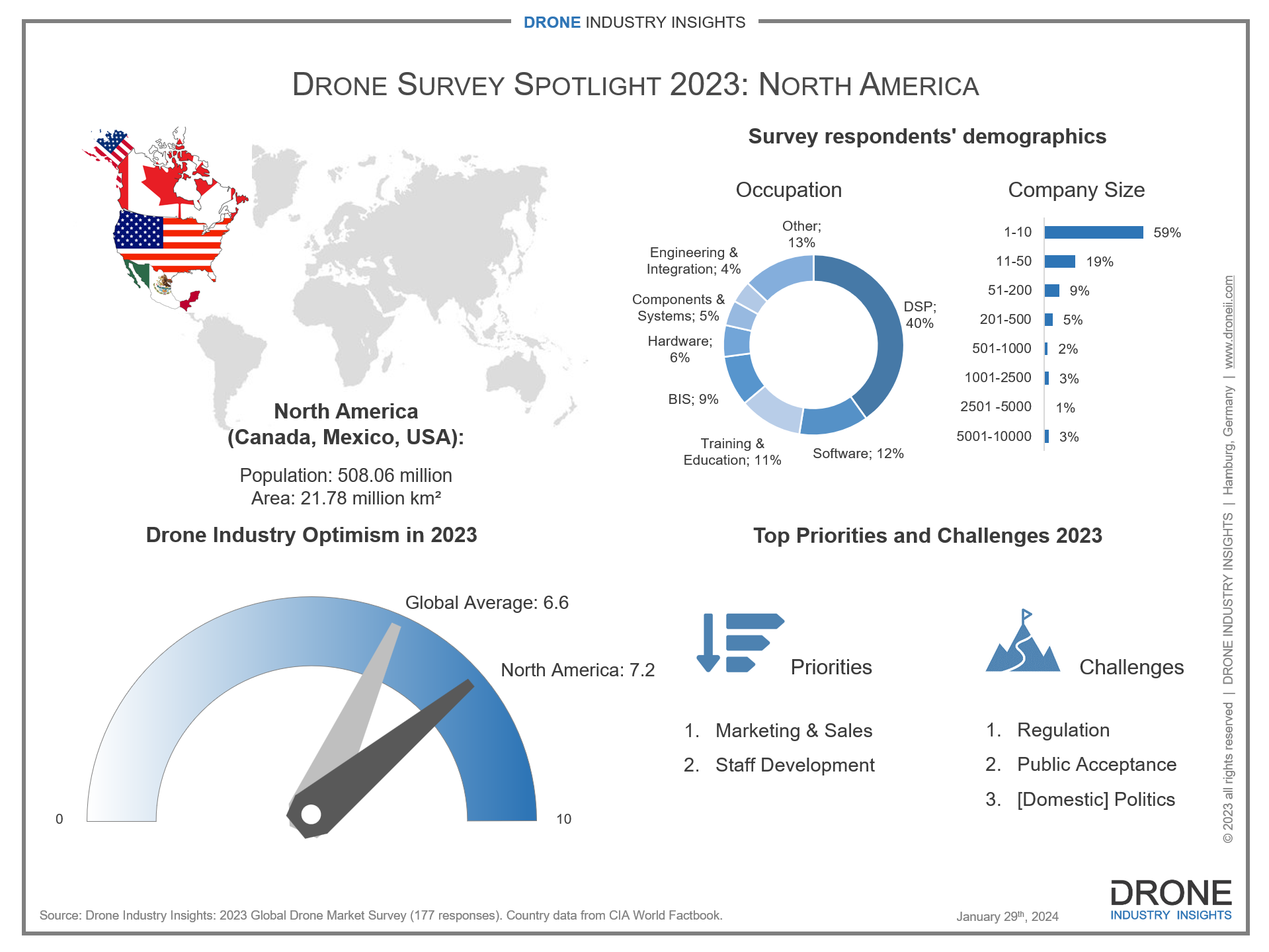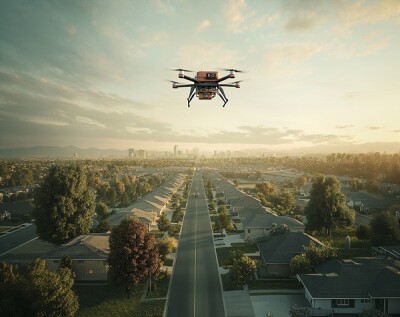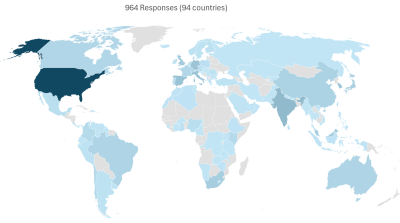It is now time to delve into the evolving landscape of the North American drone market, a region that stands as the world's second-largest hub for drone innovation, trailing only behind Asia. This vibrant market is fueled by the technological pursuits of Canada, Mexico, and the United States, each contributing to a diverse and dynamic drone ecosystem. From archaeological explorations in Alberta, Canada, to search-and-rescue missions in Alaska and celebratory drone shows in Texas, North America showcases the broad utility and potential of drones across various sectors.
The North American drone market is projected to exceed US$12.2 billion by 2030, a testament to its burgeoning potential and innovative spirit. This industry is characterized by a vibrant mix of small and medium-sized enterprises (SMEs), with a significant majority being small drone companies. Despite the global drone industry being predominantly composed of drone service providers (DSPs), North America's drone market is diversified, including sectors such as drone software and companies utilizing drones internally. This diversity extends to hardware, with a notable focus on component and system manufacturing, and integration.
The North American drone sector not only leads in technological advancements but also harbors tremendous growth potential. The region's significant global standing—boasting top rankings in size, GDP, and population—underscores its capacity to deploy drones for a myriad of purposes. From servicing densely populated areas to accessing remote locations, drones offer an efficient alternative to traditional methods.
Marketing and sales emerge as top priorities for drone companies in North America, emphasizing the importance of strategic positioning and product dissemination in a mature market. Staff development also ranks highly, highlighting the need for skilled personnel in advancing drone technology.
Regulatory complexities, public perception, and domestic politics are identified as significant challenges, alongside operational issues like competition and supply chain reliability. These obstacles underscore the intricate balance required to foster a thriving drone ecosystem in North America. Despite these challenges, the North American drone market radiates optimism, with confidence levels and regulatory advancements suggesting a bright future.
Each country within North America presents unique opportunities for drone application, tailored to its geographical and societal nuances. In the United States, drones are poised to transform urban management and emergency responses, capitalizing on the country's urban density. Mexico's vast agricultural lands offer fertile ground for drones to revolutionize farming practices, enhancing efficiency and precision. Meanwhile, Canada's extensive forests and coastline open avenues for environmental monitoring and maritime surveillance, especially in its inaccessible and Arctic territories.
As we look ahead, the North American drone market stands at the forefront of technological progress, from transforming urban landscapes to revolutionizing agriculture and environmental conservation. With its blend of ambition and adaptability, North America is not merely navigating the present but is also shaping the future skies with drone technology. This narrative of ambition and innovation forecasts a horizon brimming with opportunities, marking the region as a pioneer in the global drone narrative.
















Comments